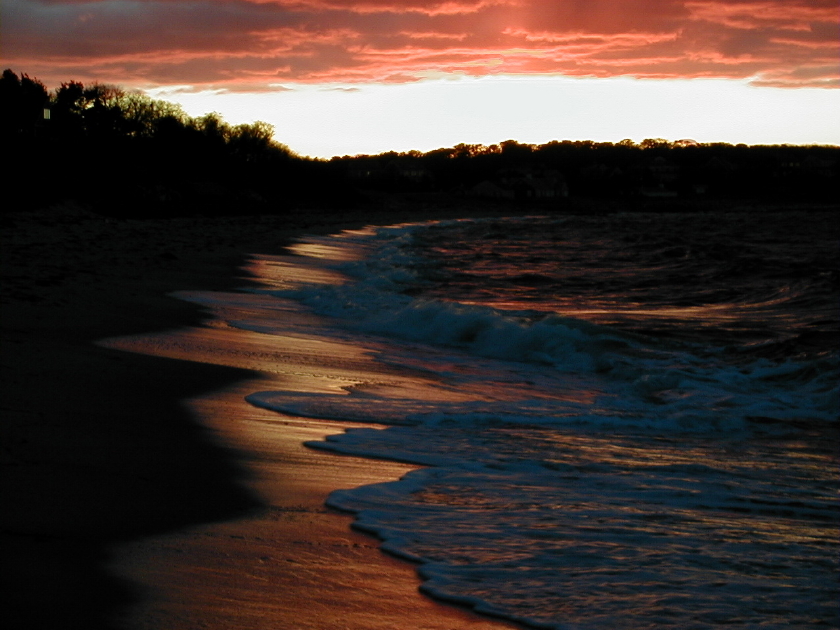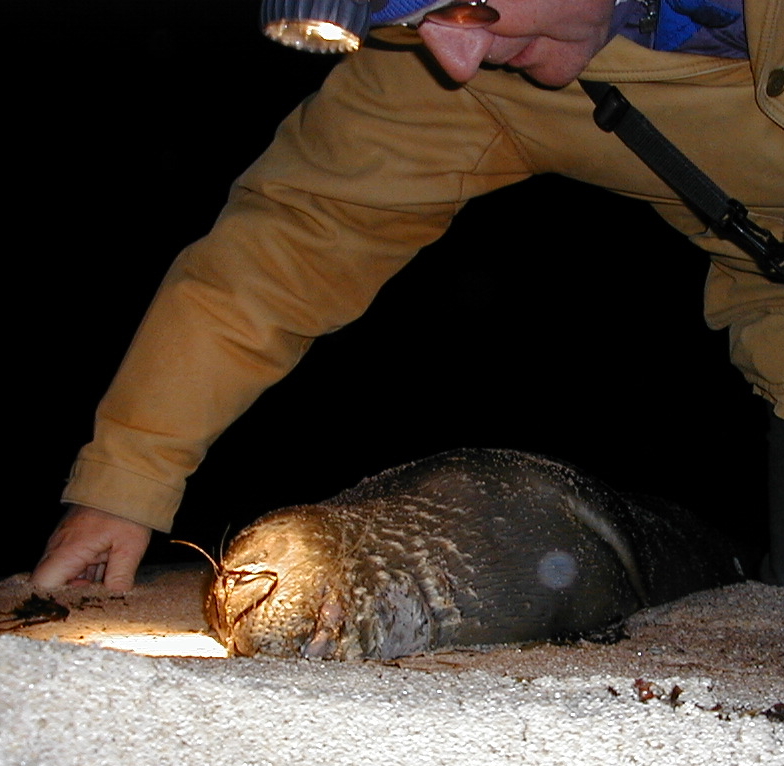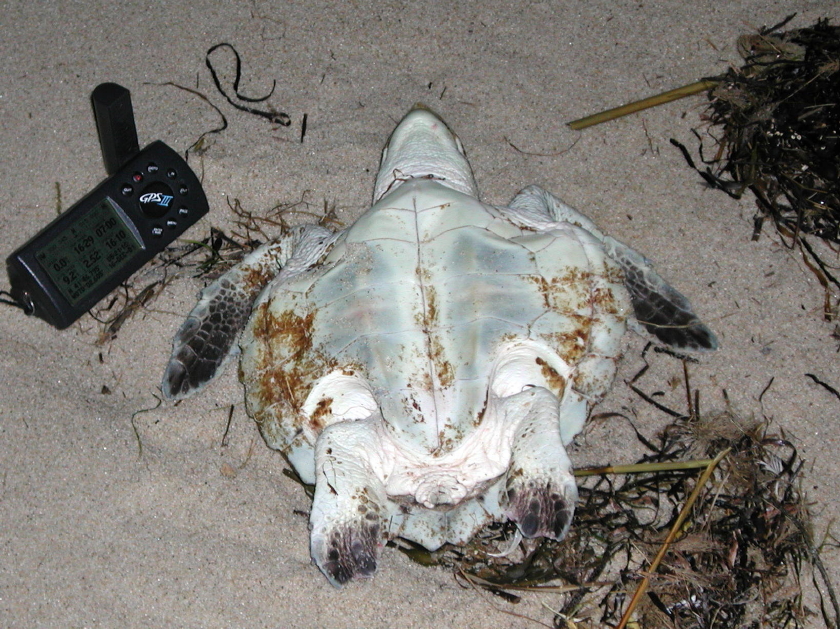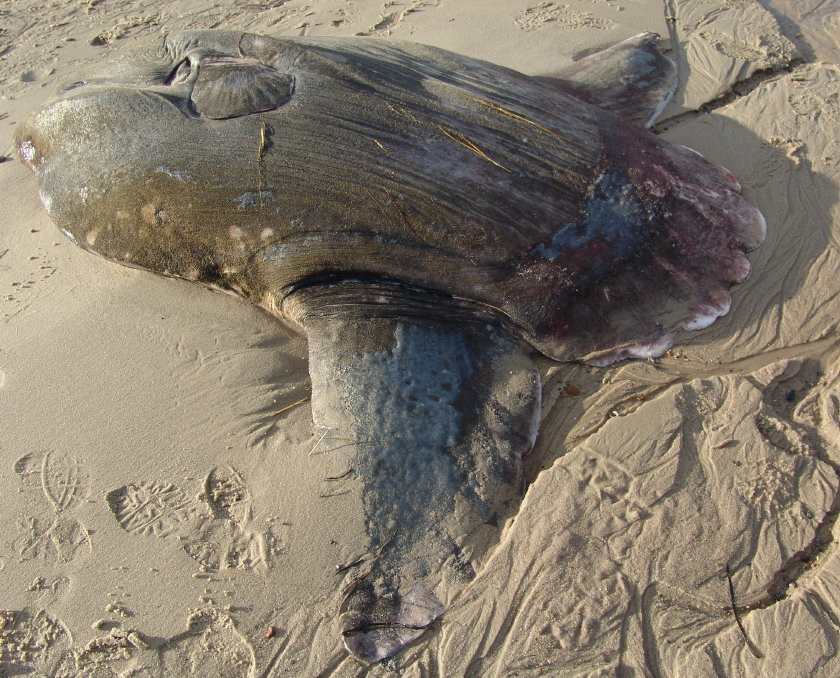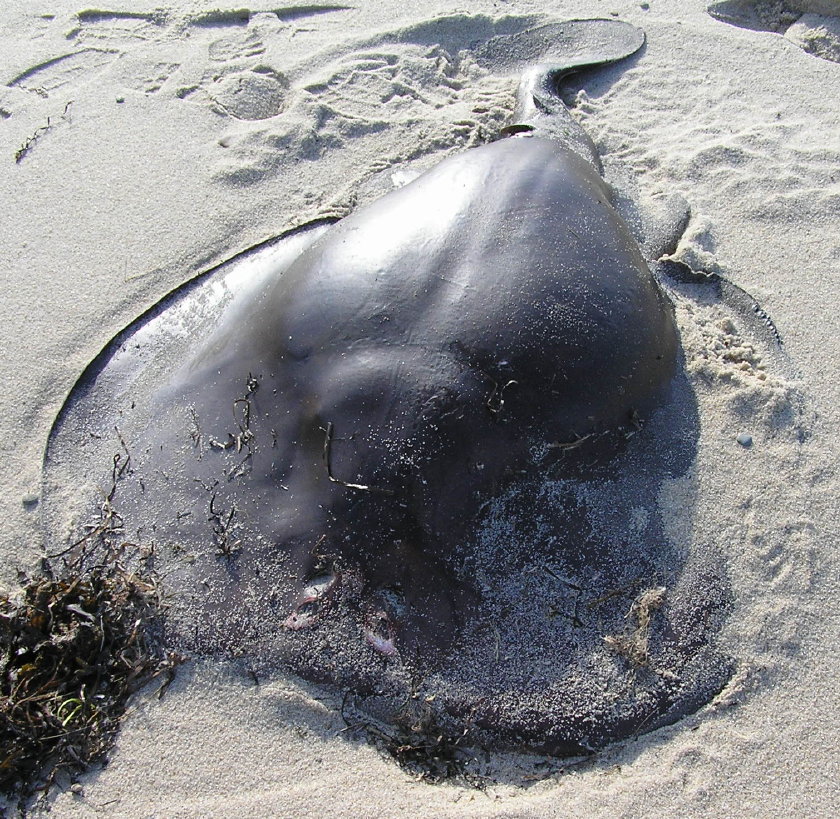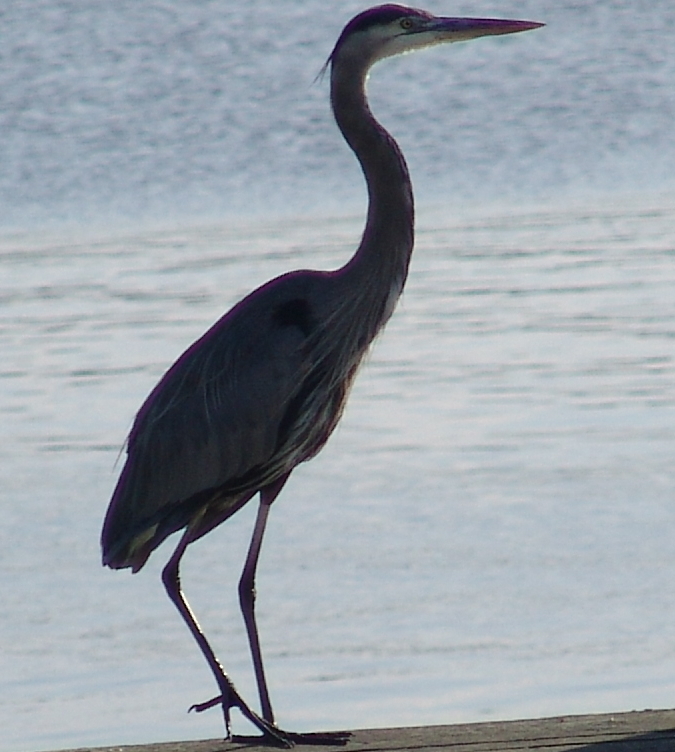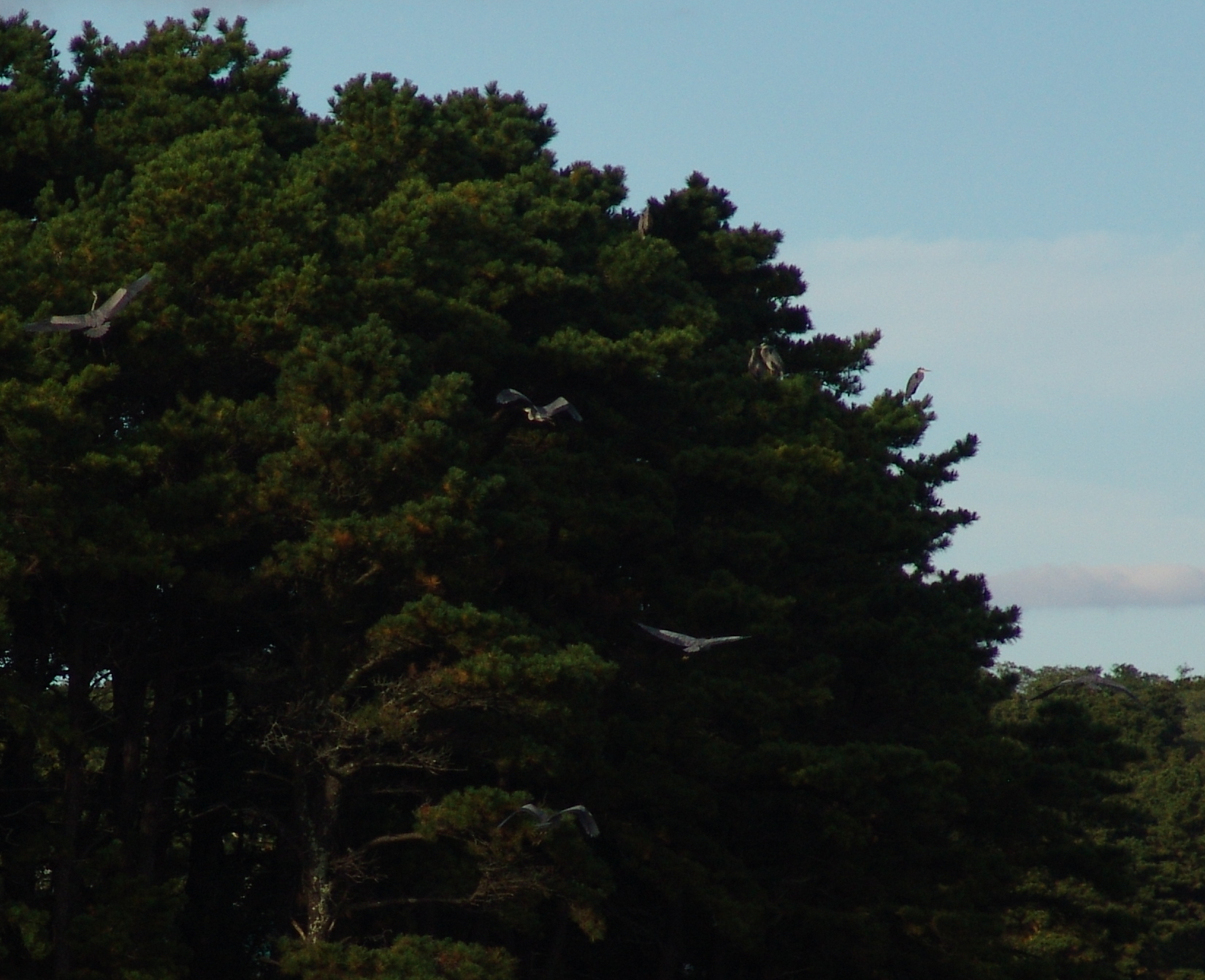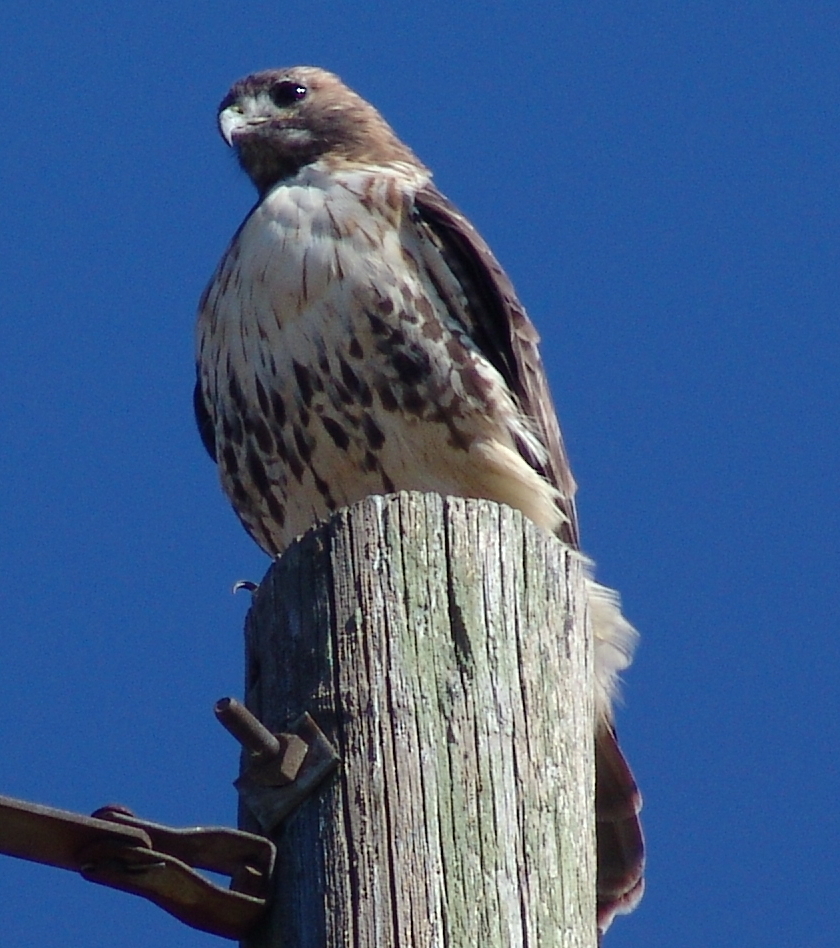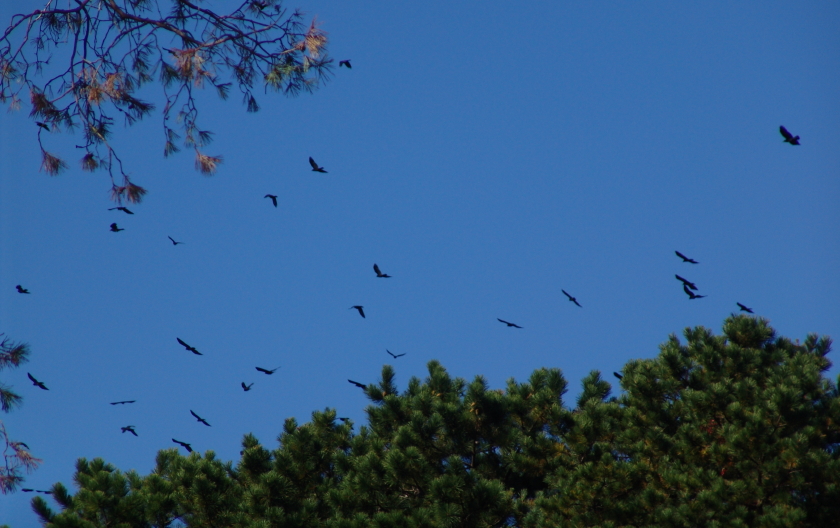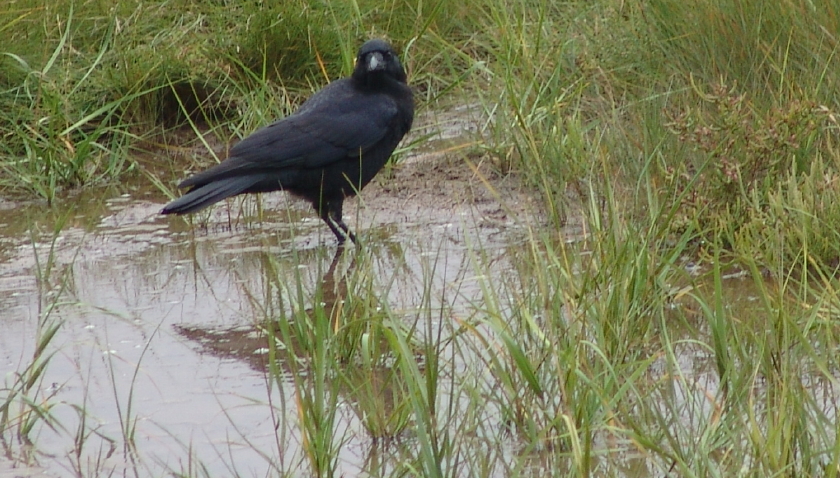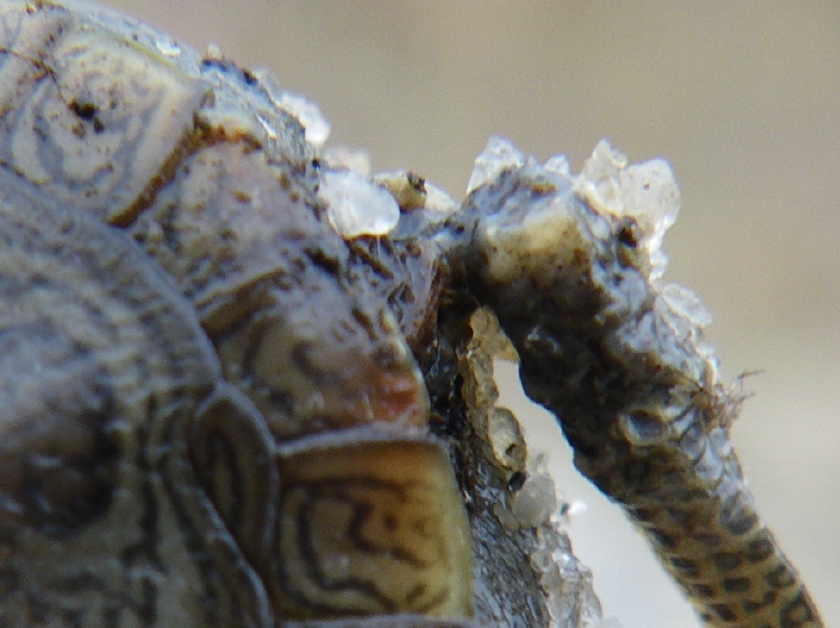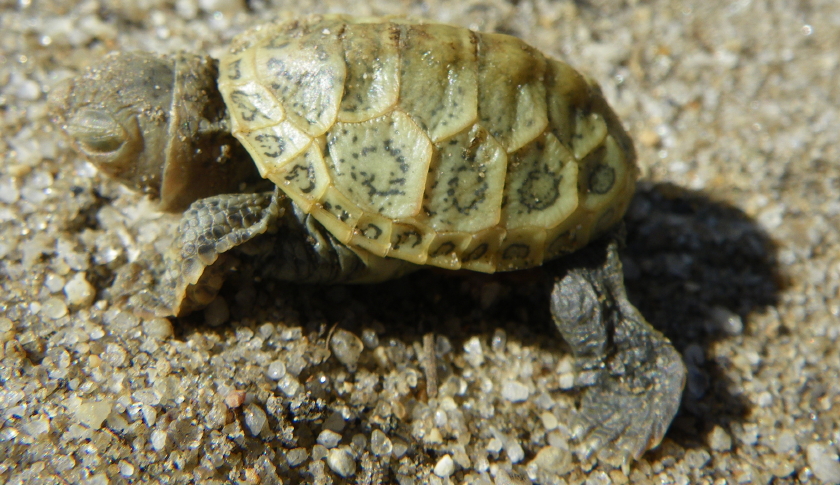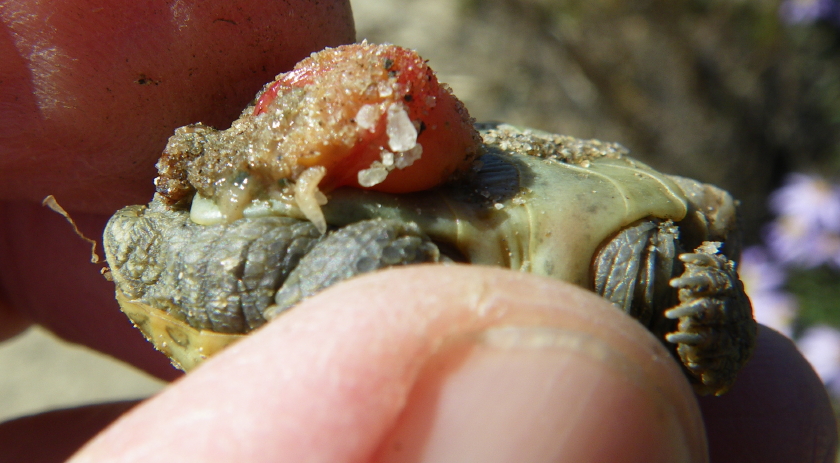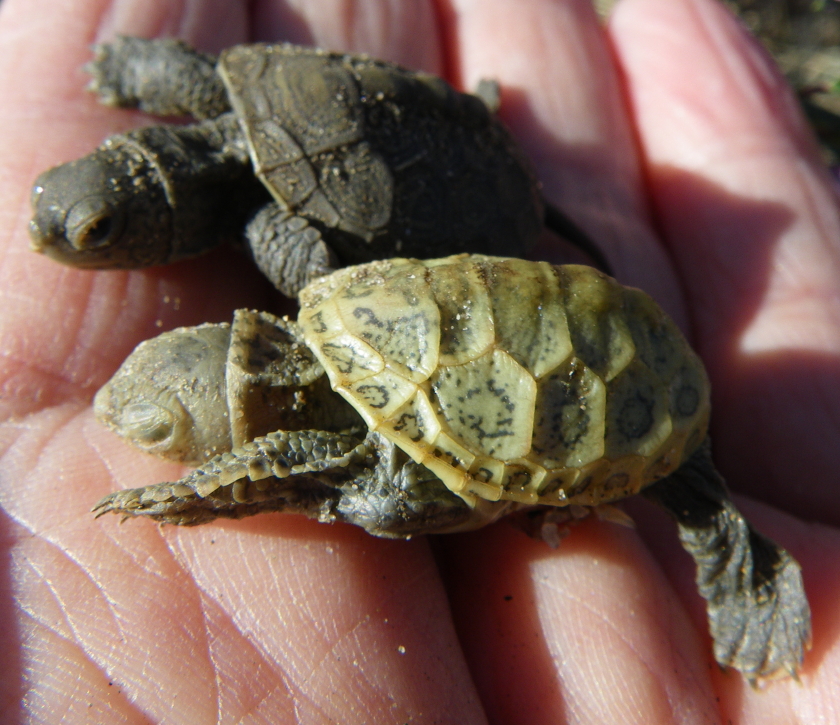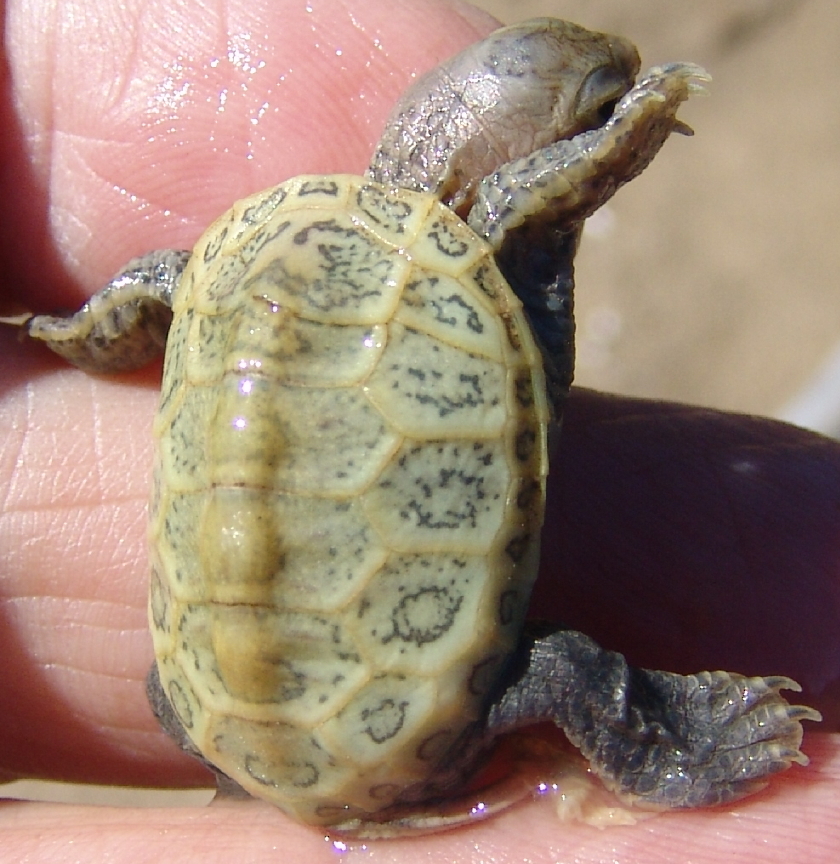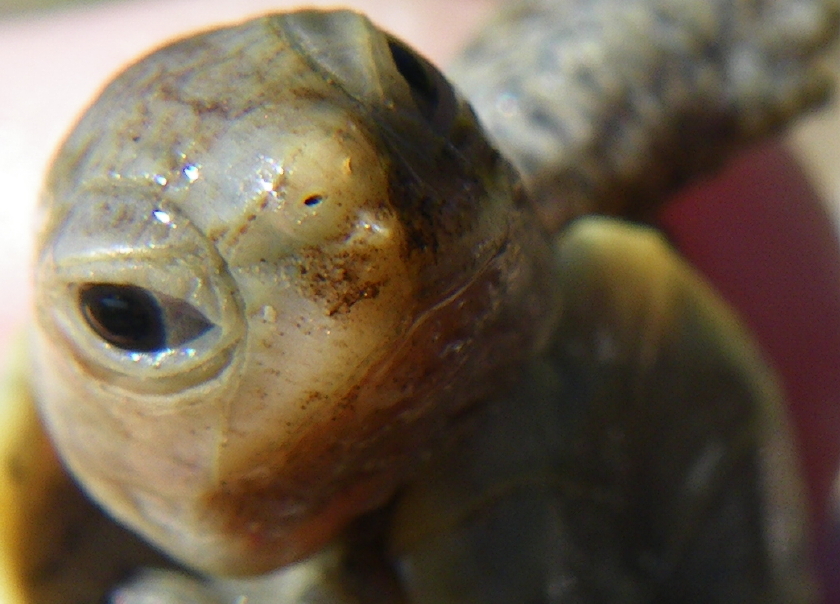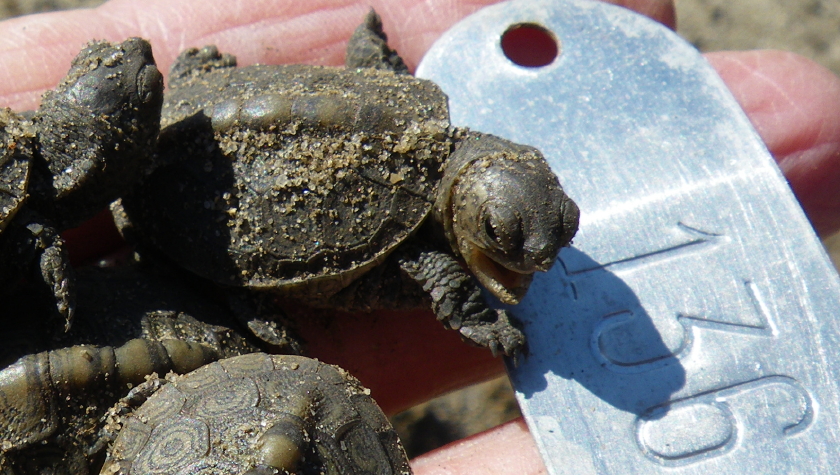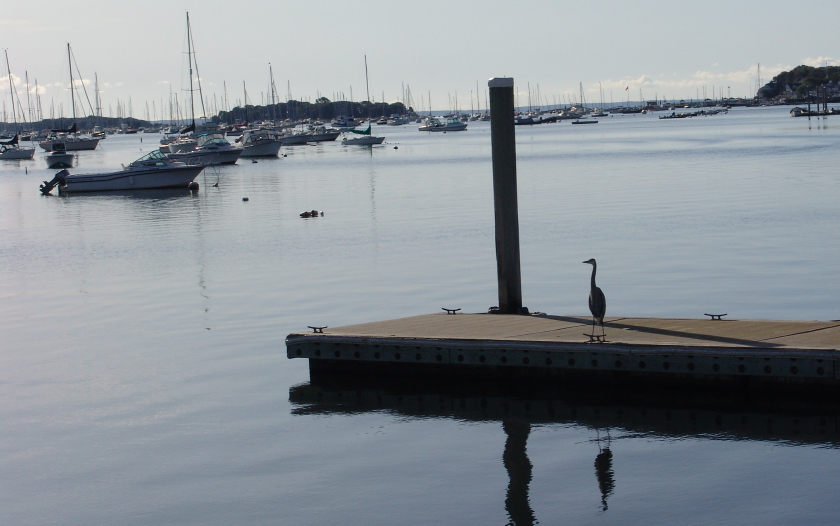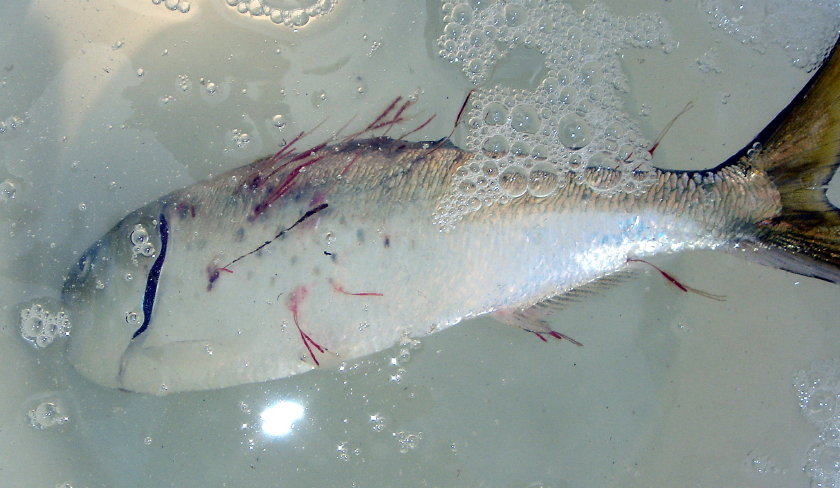Recover Endangered Sea Turtles & Marine
Megafauna from Storm Tossed Beaches
Fall Weather Front Passes Cape Cod Beach at Sunset
Fall brings dramatic change to Cape Cod. Not just foliage, but the whole fabric of seaside life transforms from easy summer to harsh winter. Westerly winds howl across the bay and blow gentle wavelets into rumbling breakers that reshape beaches and deposit ocean treasure in the wrack line. Buried among seaweed, flotsam and jetsam are adventure and discovery in the form of ocean creatures that are tossed ashore to succumb in these fierce conditions. Thanks to beach patrols launched by Mass Audubon‘s Wellfleet Bay Wildlife Sanctuary over the past 20 years more than a thousand of the most endangered sea turtles in the world have been rescued from these impossible circumstances and restored back to the wild. Countless marine mammals, ocean fishes and other sea critters have been recovered, and amazing discoveries have been chronicled in nature magazines and scientific journals.
Tiny Kemp’s Ridley Sea Turtle Rescued in November 2008
On the weekend of November 13th to 15th, Mass Audubon invites a few adventurous individuals to join its crack team of rescuers. (Click here for pdf narrative and schedule.) From Friday to Sunday afternoon, teams will scour beaches from Provincetown to Dennis in search of distressed animals. In between high tide patrols, participants will take a bayside cruise to Billingsgate Shoal to investigate grey seal populations, as well as overwintering seabirds and sea ducks.  Experts will reveal secrets of marine biology and ecology in seminar settings and one-on-one lab work, and still have time to join participants for quiet dinner conversation about the future of the world’s oceans and their most precious species.
Sea Turtle Patrol Discovers Storm Tossed Seal
Still, the most extraordinary adventures come with nighttime high tides. In crisp November skies, stars hang like Christmas ornaments suspended in a shimmering, Milky garland hung across the constellations from Sagittarius in the south to Cassiopeia in the north. Footsteps fall silently in the soft, moist sand. The only sound comes from pounding surf that explodes in your path as an 11-foot flood tide recedes to reveal the secrets it left behind in the seaweed strewn wrack. The beam of your flashlight arcs from dune to sea and back again, searching for mysterious shapes in dark shadows.
Upside Down Kemp’s Ridely Rescued from Cape Cod Beach
You never know what the night may present. Perhaps a cold-stunned Kemp’s ridley sea turtle that has been tossed onto the beach by a northwesterly gale. Recovering this semi-tropical animal from the cold darkness before hypothermia sets in overnight will make the difference between life and death for this turtle and may make the difference between survival and extinction for this critically endangered species.
Around another bend might lurk a giant ocean sunfish trapped on the flats by a receding tide. This bizarre looking creature represents the largest bony fish in the ocean and can be found on Cape Cod beaches each fall.
Electric Torpedo Ray Found by Sea Turtle Patrol on Wellfleet Beach
For an electrifying experience, don’t discount a large torpedo ray that stuns its prey with 220 volt charge. Ouch! Last year brought nearly a dozen torpedo rays onto bayside beaches from Truro to Sandwich.
Nature, especially on the Outer Cape, offers no guarantee of weather or animals. Stranding events are driven by prolonged wind conditions, specific water temperatures and tidal flows. The 13th through 15th of November were chosen because historically this period has been extremely active. But no matter what has been found in the past, what is absolutely guaranteed to greet you around the next bend in the shoreline is the adventure and the challenge of the unknown.
Click Here to View Video in High Quality
November Sunset Sea Turtle Patrol
The bottom line is that the Ides of November offer a once-in-a-lifetime experience for the adventurer deep inside you; the one who remembers so fondly those great moments of summers past and who finds the walls of boardroom, classroom, operating room, living room, corner office or cubicle a bit too claustrophobic to endure the whole, long winter without a refreshing breath of cutting edge discovery. Welcome to a weekend unlike anything you have ever experienced. Welcome to the Marine Animal Stranding Weekend.
For more information about this exceptional opportunity, contact Melissa Lowe (mlowe@massaudubon.org) at Mass Audubon’s Wellfleet Bay Wildlife Sanctuary at 508-349-2615. For a virtual preview of some of the experiences that may greet you, click on Turtle Journal and enjoy the postings from November 2008.
